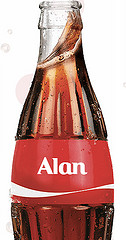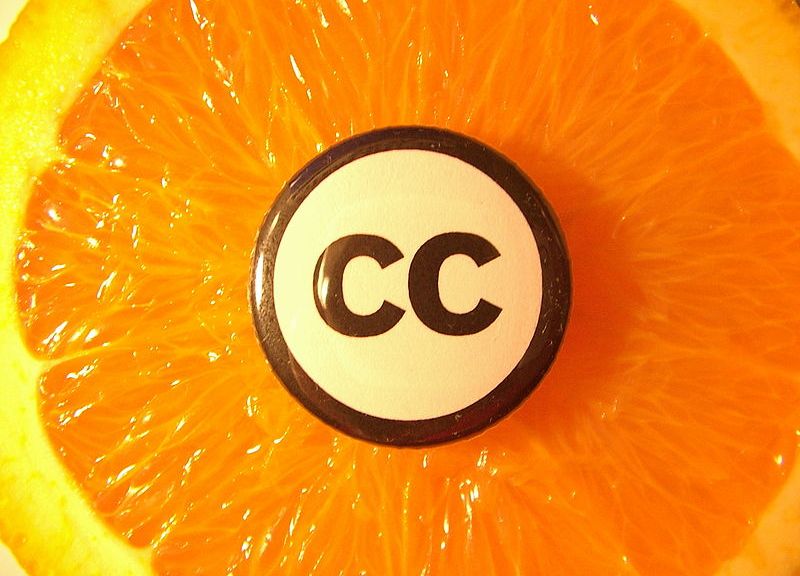In this final blog post for the course, I have been asked to reflect on four questions:
1. What have I studied?
The course has presented a convincing argument for the benefit of creating open resources that others can share. Whilst the discussion has been strongly biased towards the pro- camp (it would have been interesting to hear a counter-argument from publishers for example) it is a difficult thing to argue against – who could not see the value in a learning commons? One of the things I wasn’t aware about before the course was how the licenses interact, and how the licensing choices others make may constrain your own sharing choices. The course has also changed my perspective on the CC NC option (see http://freedomdefined.org/Licenses/NC) this is something I won’t be using again by choice.
2. How does the theory relate to practice?
I think participation in this course has made me think a lot harder about the way I use content in my work and how I cite it. Whilst I have used CC content in the past, often I just included a link back to the source URL without adding details of the license. That’s something I’ll change going forwards.
3. Outstanding Questions
There has been some interesting discussion by participants about what happens if in good faith you include external content which another user has released under a CC license (or equivalent) but it turns out is actually in breach of the license – e.g. it is actually a copy of another’s work where the author has asserted their copyright, or may be a resource that the user didn’t have the right to make – e.g. a picture of a painting in a gallery. In such a case how would I know, unless I carried out an exhaustive search? The CC license is clear – it cannot normally be revoked, but in the case of copyright breach then I think it should. The problem is there is no way a downstream consumer can know of this. I wonder if we can learn from Mozilla’s openbadge movement and ‘bake-in’ license details to each assertion, which could contain a unique license id whose continued legality can be checked by clicking on it. The challenge is designing a system that is still lightweight enough that it does not discourage people from releasing content under the license. I’m not sure my suggestion would quite fit the bill.
4. What have I yet to learn?
This is probably the hardest question to answer, as in some ways it begs the question ‘what do I not yet know?’ I think I need to understand more about any UK-specific legislation and to begin a dialogue with my employer to see if they can develop an institutional policy on OERs. That would be a great outcome from this course.
Thanks to everyone involved – those who contributed materials, those who put the course together and responded to our questions and all the participants on the course who really brought the issues to life.
Featured Image Source: http://www.flickr.com/photos/giuli-o/3421327165/ shared under a CC-BY license – this image was also included in some of the OCL4Ed materials.













